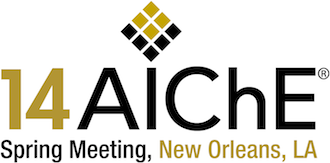

There are a number of standards and regulations related to dust explosion hazards throughout the world. Several often-referenced dust explosion standards in the U.S. are produced by the National Fire Protection Association (NFPA). These combustible dust standards contain mostly prescriptive requirements, but also allow the use of alternate mitigation techniques using a performance-based method and performing a process hazard analysis of the system. Other standards and guidelines similarly offer additional methods to prevent and mitigate against a potential dust explosion. This paper addresses the use of these alternate strategies to determine the appropriate level of protection required.
NFPA prescriptive requirements are, for the most part, identical for all combustible dust that fall under a specific code, regardless of the actual hazard potential of the dust. For marginally explosible dusts (MEDs) with low Pmax and KSt values, it can be a difficult task to determine if the material is truly explosible, and if so, what level of protection is required for a specific process. This paper describes the types of tests that can be used to determine the actual hazard of the dust, and how the results can be interpreted.
The applicability of NFPA prescriptive requirements for some processes involving marginally explosive or hard-to-ignite dusts is explored. Several examples of potential alternate mitigation strategies for these types of materials are also described.
